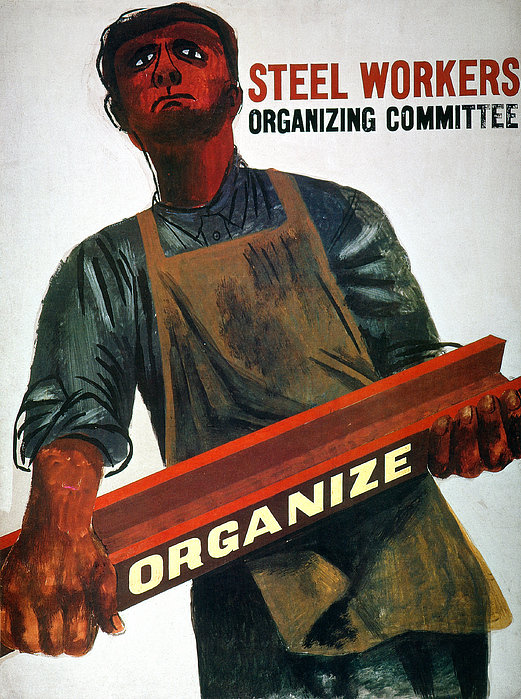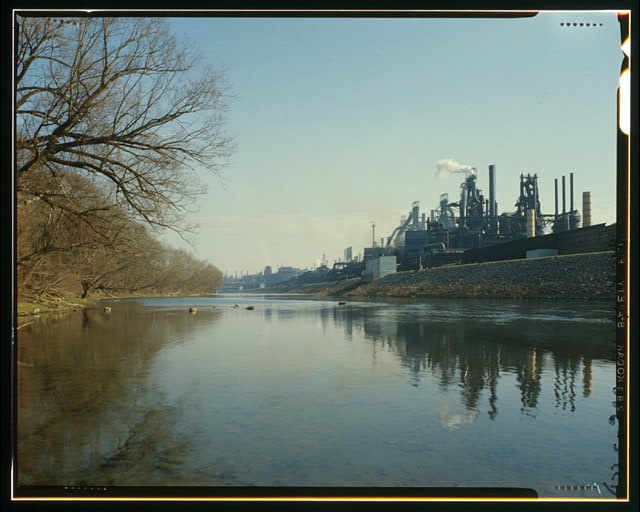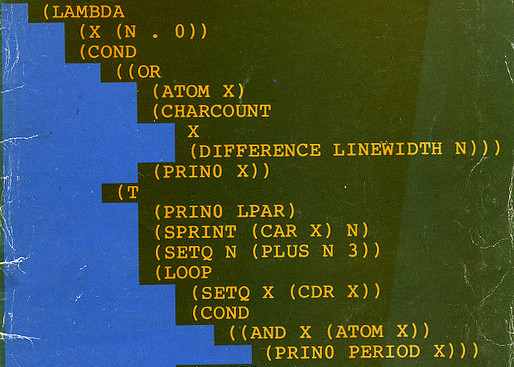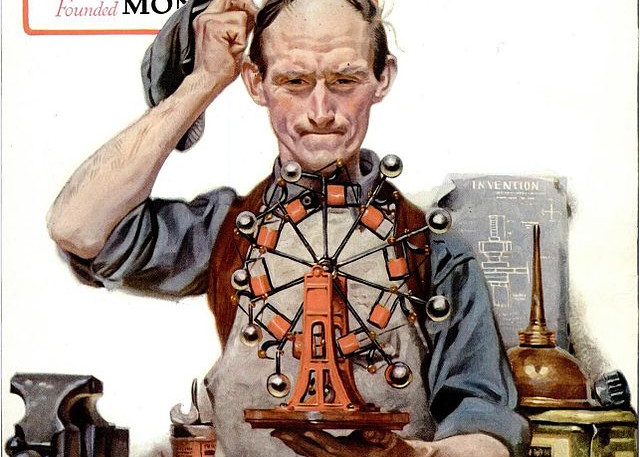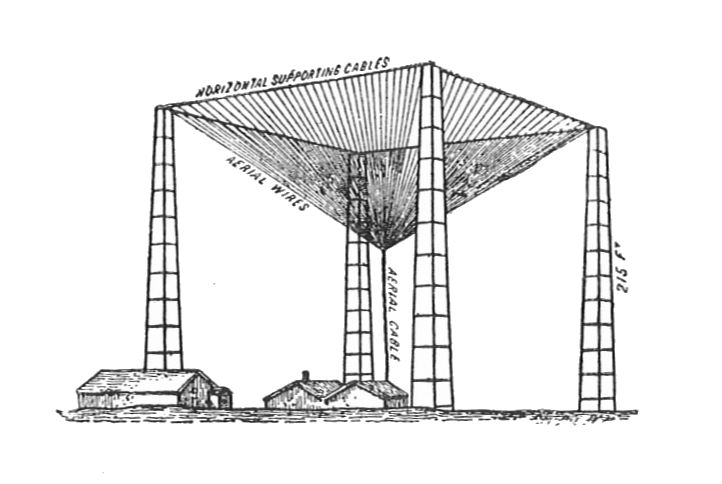E04 — Steel: Automation, Race, and the Rust Belt
Steelmaking is an archetype of the rise and fall of American industry and has received a lot of attention in the run-up to and aftermath of the 2016 US presidential election. This episode is about steelmaking in the 1960s and 70s– at the turning point from growth to decline. I look at how a new automated technology (Basic Oxygen Furnace) disrupted the workforce and how trying to maintain racial segregation made the industry and union less prepared to adapt to the changes. This is a story about how once prosperous steelmaking regions became the rust belt, but it also offers lessons for facing the new kinds of automation that will soon transform every kind of work.
